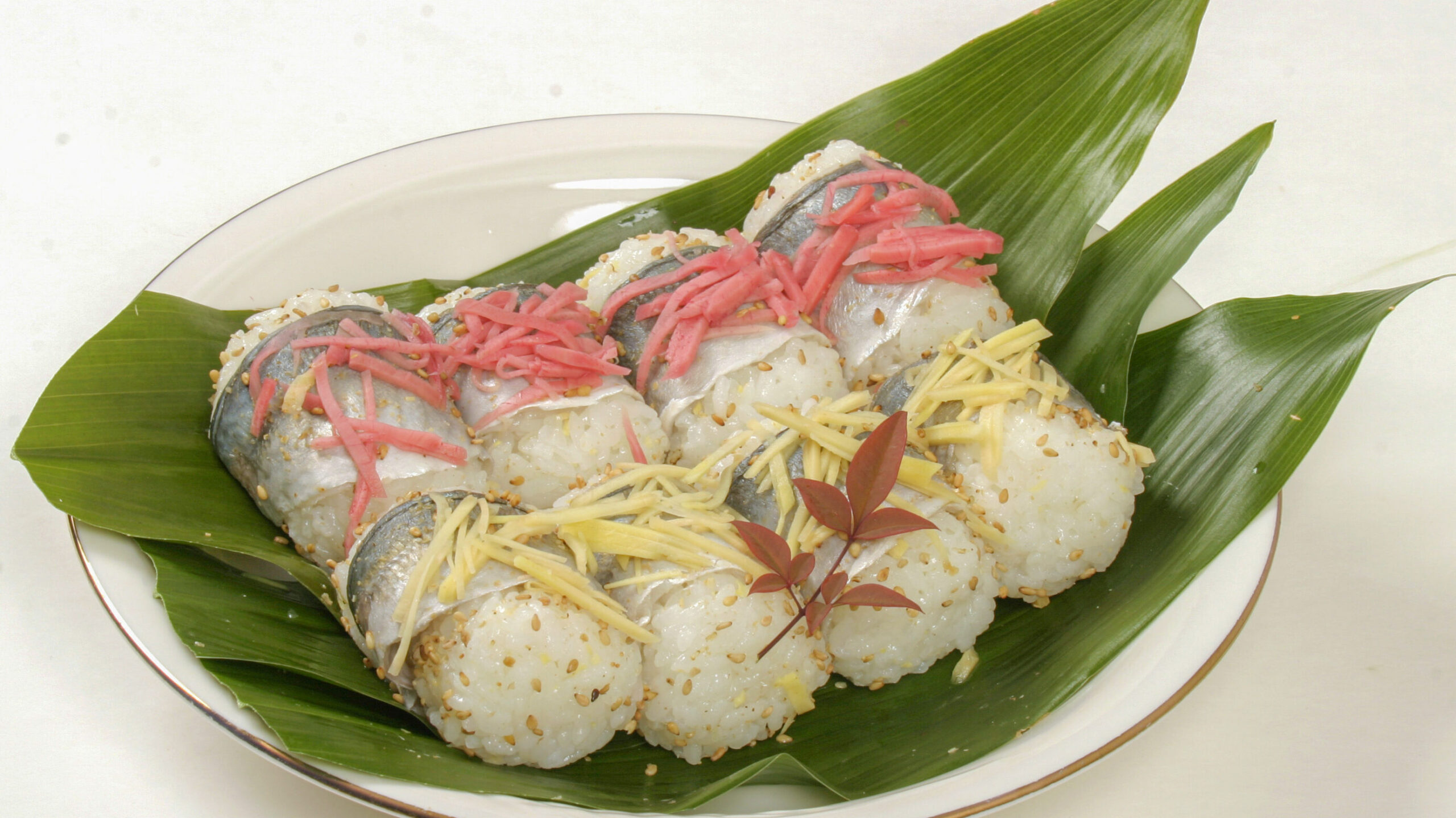
Here’s a taste of Miyazaki’s coastal flavors with *sakana-zushi*: This unique “fish sushi,” especially popular in the northern coastal areas of Miyazaki Prefecture like Kadogawa Town, features mackerel or horse mackerel that’s been carefully cured in salt and then pickled in vinegar, served as a whole fish atop vinegared rice. Back in the Edo period, it was a much-anticipated delicacy for visiting officials, right up there with the local imo-jochu (sweet potato shochu)! Other fish like sardines and barracuda also find their way into this dish. Some believe this style of sushi has roots in Shikoku, brought over by people who crossed the waters. It used to be a festive staple for winter celebrations and a quick meal made with fresh catches from the Hyuga Sea. The balance of the preserved fish and the seasoned rice is what makes it truly special.
Dish Name: Sakana-zushi
- Region / Location: Miyazaki Prefecture
- Primary Area of Tradition: Northern Miyazaki Prefecture (coastal areas)
- Main Ingredients: Horse mackerel (aji), vinegar. (Also commonly made with mackerel (saba) and sometimes sardines (iwashi) or barracuda (kamasu)).
How It’s Eaten / Served
The preparation can differ slightly depending on the area. In Tsuurahama, Kawanami Town, they prepare sushi with seasonal small fish such as sea bream (renkodai) and small horse mackerel. The freshly caught fish are filleted, salted, and then pickled in vinegar – a process where the expertise of the cook is key to achieving the perfect flavor. While the fish marinates, sushi rice is made by combining freshly cooked rice with seasoned vinegar (a mixture of vinegar and sugar) and allowing it to cool. Then, a small portion of rice is shaped into an easy-to-eat oval, and a piece of the pickled fish is placed on top. For mackerel and horse mackerel, the fish is butterflied from the back, whereas sardines are opened from the belly and thoroughly salted before being submerged in vinegar. Ensuring the fish is fully pickled is crucial, and it can even sit in the vinegar overnight.
Cultural Background and Preservation
The seasoning of *sakana-zushi* is unique to each household. It’s a celebratory dish enjoyed during special times like New Year’s, Obon, and festivals, often selling out quickly at festive events due to its popularity. Locally, *sakana-zushi* made with the rich, flavorful meat of prime winter mackerel is highly regarded. While some families continue to prepare it at home, it’s also available at sushi restaurants and local supermarkets in northern Miyazaki. “Miyazaki’s Famous Fish Sushi Mackerel (Whole Mackerel Sushi)” is even sold online as a regional specialty, and pickled horse mackerel is also available in frozen form, helping to preserve and share this culinary tradition.
Additional information:
- Aji (Horse Mackerel): A common type of mackerel in Japan, known for its flavorful flesh.
- Saba (Mackerel): Another popular fish in Japanese cuisine, often pickled or grilled. Winter mackerel (kan-saba) is particularly prized for its fat content and flavor.
- Imo-jochu: Shochu (Japanese distilled spirit) made from sweet potatoes, a local specialty of the Kyushu region, including Miyazaki.
- Tenryo: Territories in feudal Japan that were directly controlled by the shogunate. Kadogawa was once such a territory.
- Obon: A Japanese Buddhist custom to honor the spirits of one’s ancestors. It is a major family gathering time.
The information about regional cuisine featured on this website (Piggy's Grandma of Japan) is summarized and adapted from the Ministry of Agriculture, Forestry and Fisheries of Japan (MAFF) website, "Our Regional Cuisines"Additional commentary is provided based on the unique experiences and perspectives of the site's editors.
The copyright for the original content regarding regional cuisine belongs to the Ministry of Agriculture, Forestry and Fisheries of Japan.
The summaries and adaptations published on this site are intended for informational purposes only. Piggy's Grandma of Japan does not guarantee the accuracy or completeness of this information. For the most accurate and complete details, please refer to the original pages on the MAFF website.

